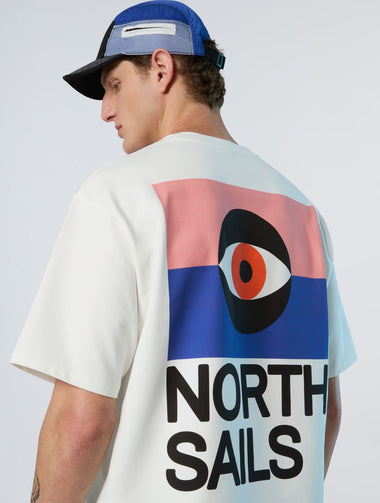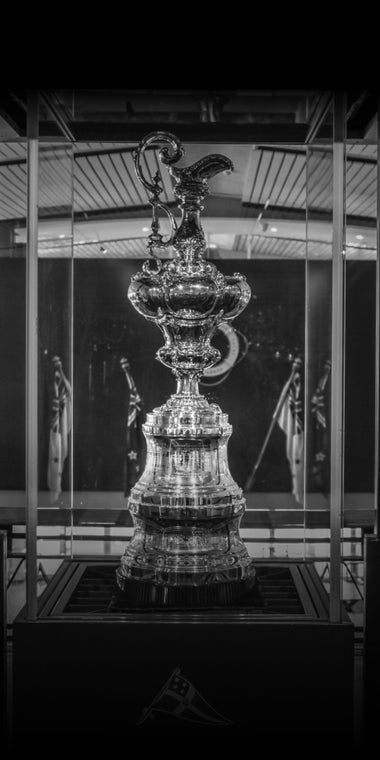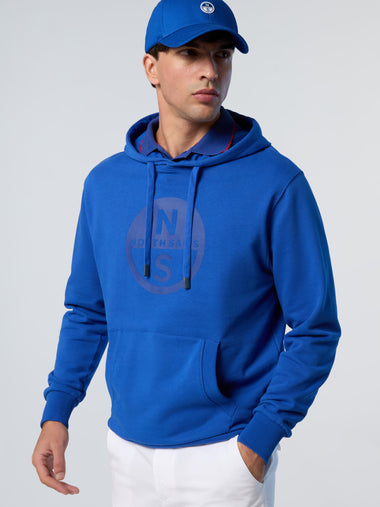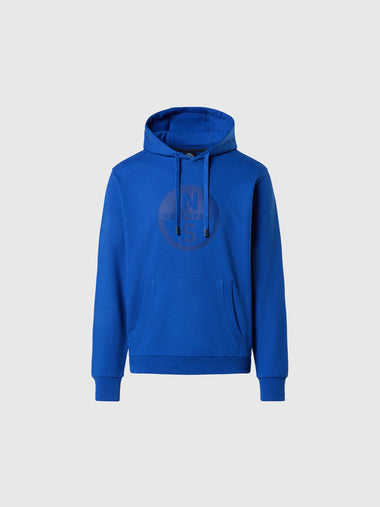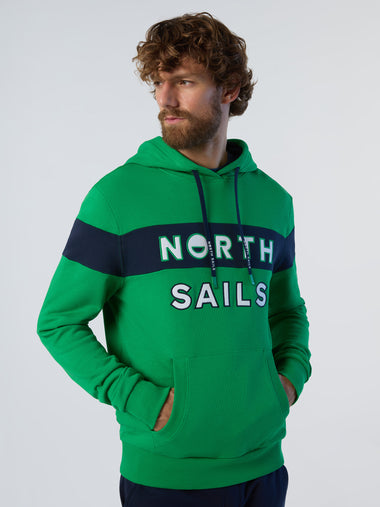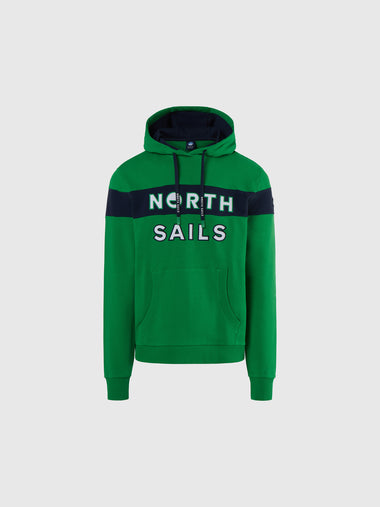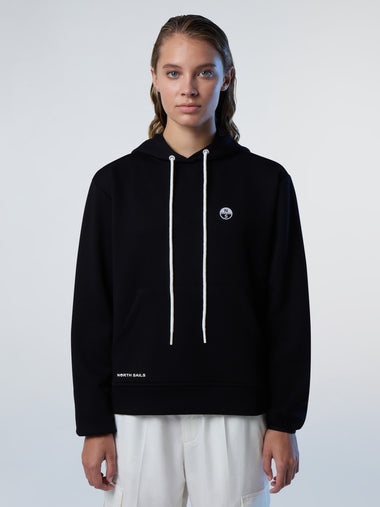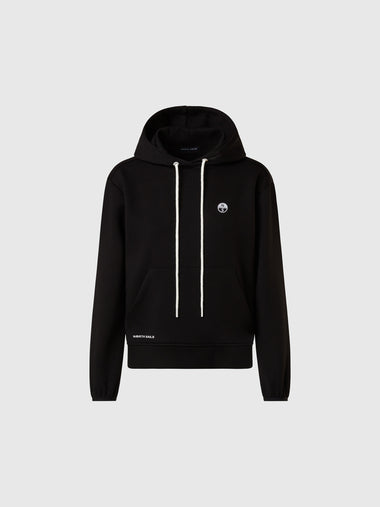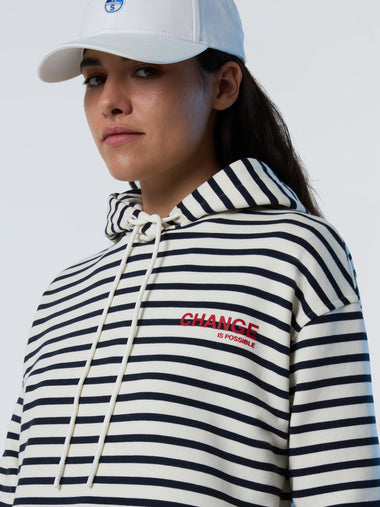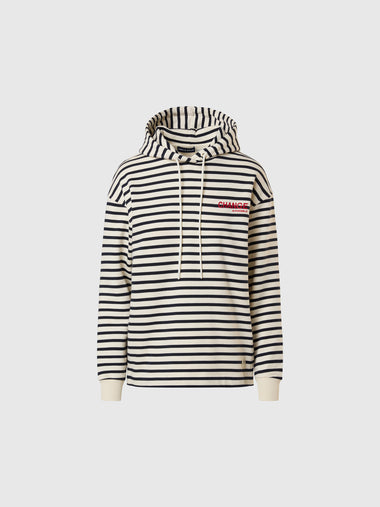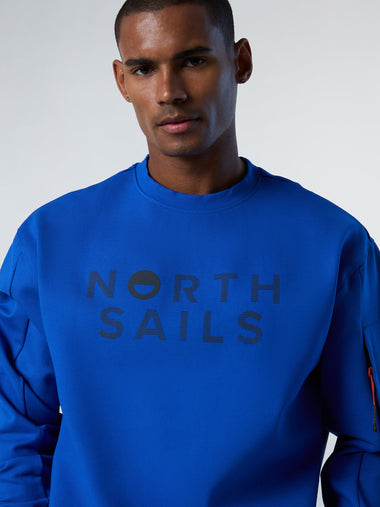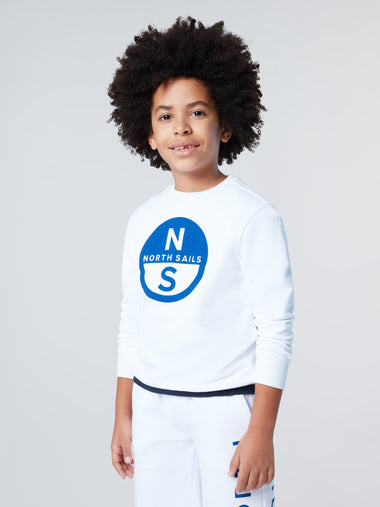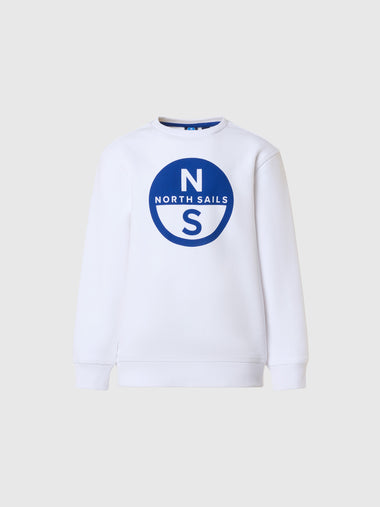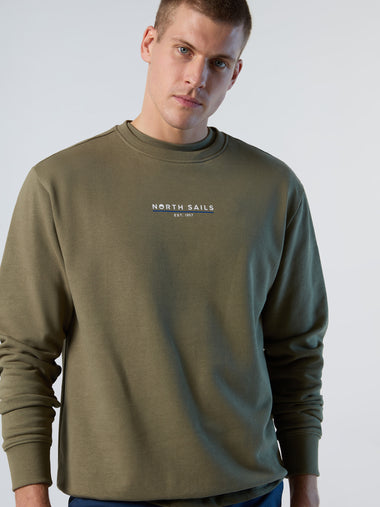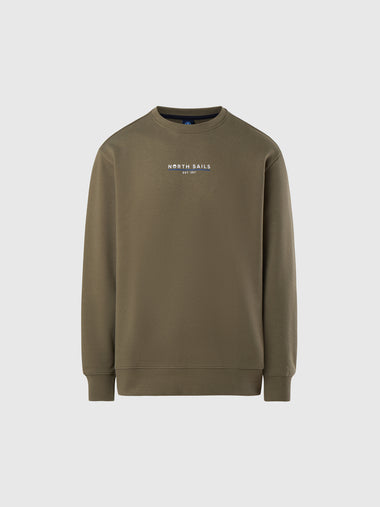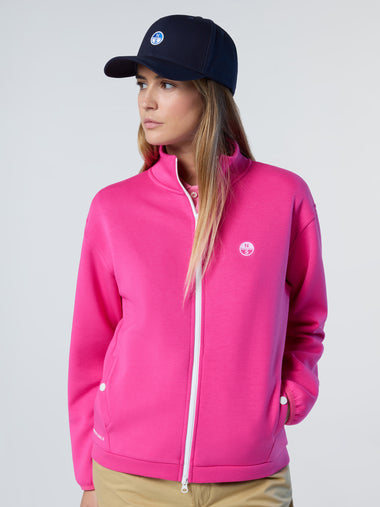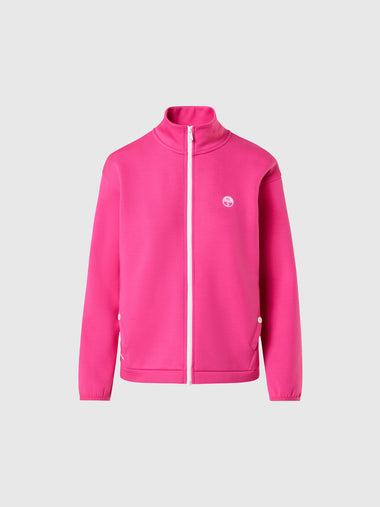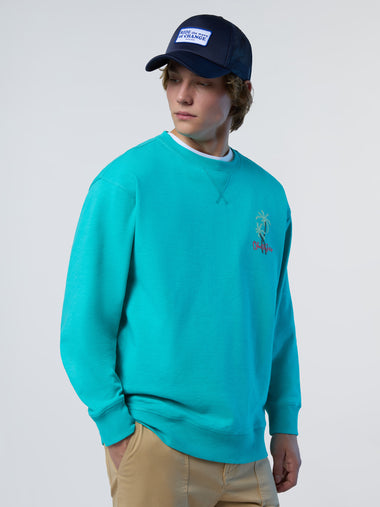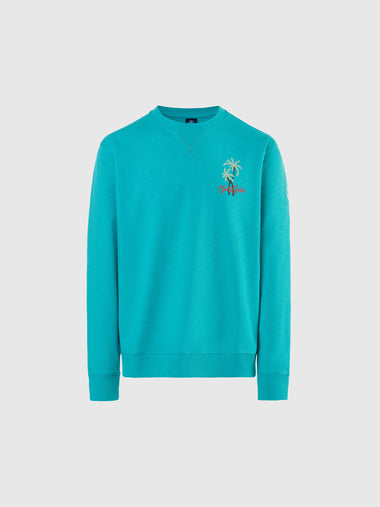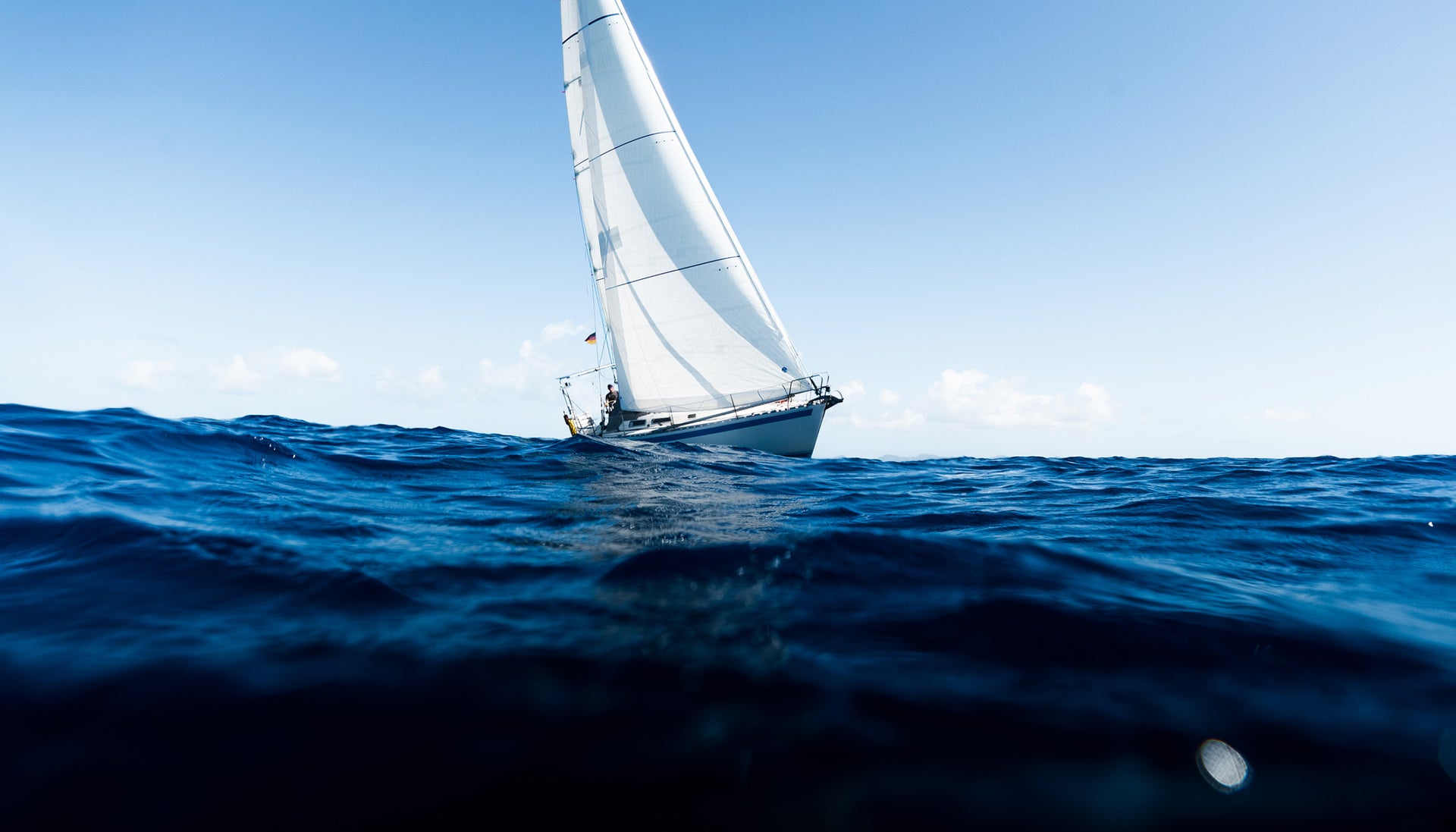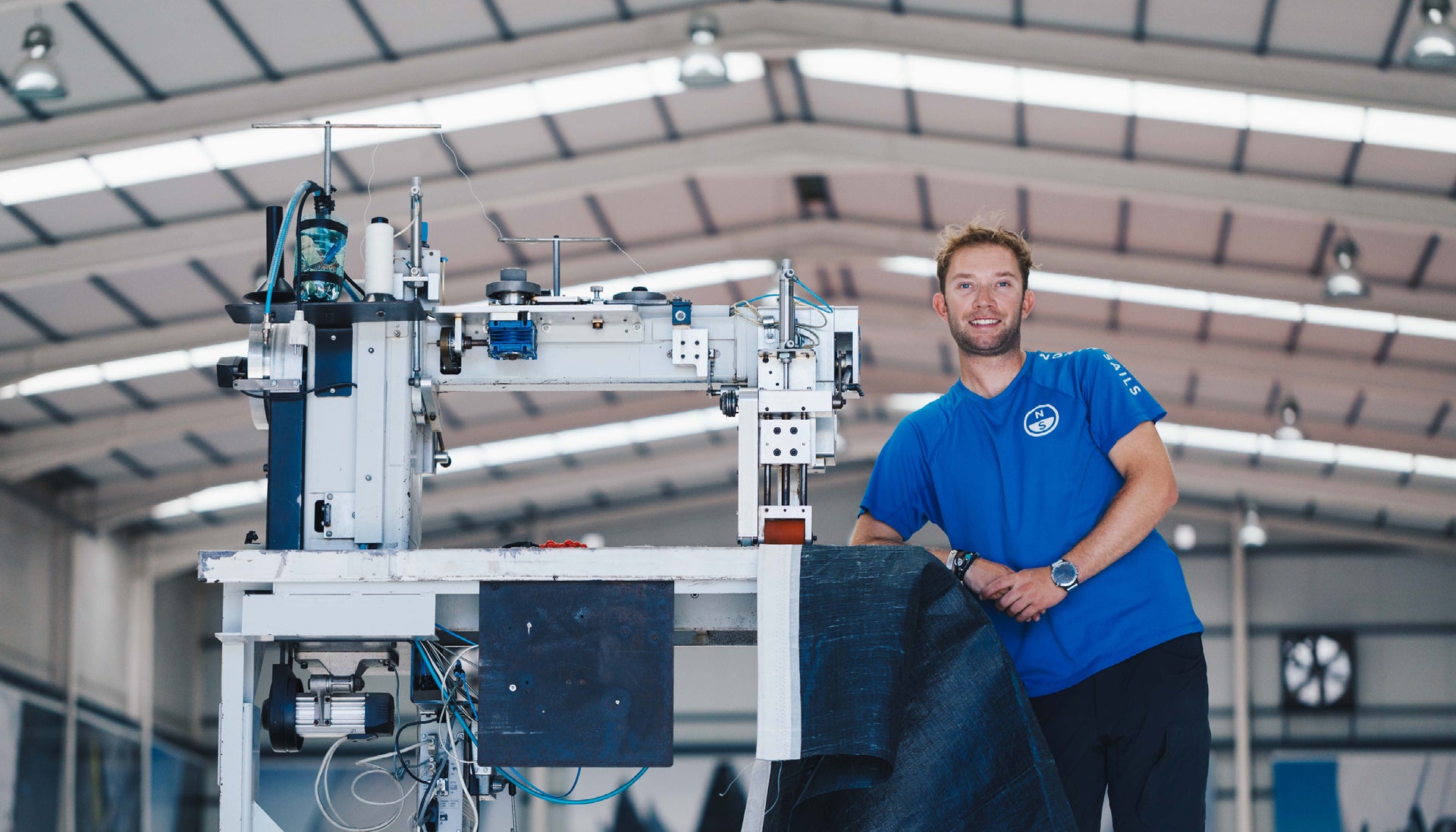THE DIFFERENCE BETWEEN RACING SAILS AND CRUISING SAILS
Expert advice on what to look for when it comes to performance, design, and materials
People use sailboats in many ways, but we broadly define them as cruising or racing. Cruising might be an hour-long day sail, with a single sail hoisted, or it may last a year and take you across the South Pacific. A race, likewise, can last one short evening before sunset, or it can take you to the highest levels of competition at the America's Cup or around the world in the Vendée Globe.
The proper sails for each intended use vary widely. Still, at the level where most people engage in cruising and racing, we can simplify the differences between the sails required in terms of performance, design, and materials.
PERFORMANCE EXPECTATIONS
Cruisers and racers both value performance, but each defines performance differently. Speed is the ultimate performance measure in a racing sail, although other factors can play a role. Excellent performance from a cruising sail is more about ease of handling, durability, and safety.
In simple terms, speed comes from sail materials and shape, which must match each other. Opting for the fastest sails often comes at a cost to ultimate durability. You have to ask yourself; do you want to sail a minute faster on a long upwind leg, or do you expect to be able to hoist and fly the same sails years from now?

3Di RAW - High Performance Composite Race Sails
Given the many different types and sizes of sailboats on the water and the wide variety of sailmaking materials, though, it's not quite as simple as choosing a durable cruising sail or a speedy racing sail. Before we make the best selection, we need to learn some of the other differences between racing and cruising sails.
Chief among them is the owner's expectations. Most active racers replace sails seasonally or selectively over multiple seasons, excluding the top-end race teams who may be on a more frequent replacement schedule.
By comparison, some cruising boat owners expect their sails to last seven to ten years. They won't replace until the boat's performance is compromised because the material and shape are worn out.
DESIGN DIFFERENCES
One big difference between racing and cruising sails is that, in an average race, boats are sailing against the wind up to fifty percent of the time. Whereas cruising boats rarely sail hard upwind. When the wind is blowing from the direction cruisers want to go, they typically choose an alternate route, wait for the wind to change, or hoist the main to steady the boat and turn on the engine.
As a result, cruising sail shapes are typically designed with slightly rounder shapes for better performance when reaching. The entry angles are similar, but the sail will be a bit deeper and the aft section of the sail a bit rounder, allowing for better shape as the sheet is eased.
In contrast, the race boat crew usually tries to sheet the sails very hard, as close to the centerline as possible, so their sails are flatter, with more open leeches. Typically, when a race boat begins to reach, the crew changes to a jib top or Code sail or another sail configuration like triple-heading, depending on the type of boat.

NPC CROSS-CUT - All-Purpose Sailcloth for Everyday Use
THE MATERIAL DIFFERENCE
The materials used for sails vary not only for cruising and racing but also depending on the length and weight of the boat and the resulting loads the sails carry.
North Sails offers three families of sail technology: North Paneled Cloth (NPC), North Paneled Laminates (NPL), and North 3Di. Each technology features options for cruising and racing, with a range of products to fit your intended use and budget.
PANELED SAIL PERFORMANCE
NPC is a woven polyester sailcloth, also known as Dacron. It was first introduced in the 1950s and is still viable for cruising sails. Although considered low-tech compared to modern materials, woven polyester sails are robust in terms of durability. Click here to learn more about the NPC product line.
However, light laminate sails, which fall under the NPL product line, carry loads far better than Dacron, resulting in a performance boost for cruisers and racers.
NPL sails incorporate ultra-high molecular weight polyethylene fibers; Spectra and Dyneema are examples of this material. These materials dramatically reduce the amount of stretch in the sail and add durability due to a sandwich construction using Mylar film, providing resistance to chafe. One downside to these light laminates is that they are subject to small amounts of permanent stretch known as "creep," but stretch far less than Dacron sails.

NPL TOUR - Laminated Sailcloth for Cruising
However, the advantages of laminates go well beyond maintaining a designed shape and lasting longer, and as a result, cruising sails are increasingly being made of laminates as well.
Take, for example, a mainsail for a cruising boat made of 7-ounce Spectra rather than 10-ounce Dacron. The weight savings are significant: a 90-pound Dacron sail might weigh only 55 pounds if made of Spectra. Considering that the center of gravity for the sail might be 30 feet up, it is a dramatic weight reduction. A boat with a Dacron sail will heel and pitch much more, which can have a massive effect on a cruising boat with in-mast furling; even with a reefed sail, all that weight remains aloft. Click here to learn more about the NPL product line.
NORTH 3Di OFFERS THE ULTIMATE PERFORMANCE
North Sails pioneered 3D sail shaping, and North 3Di is the performance gold standard for racing and cruising boats. Many racers, especially top-tier programs, consider 3Di a building block of their success, but cruisers also use these composite sails for improved speed, durability, and weight. While 3Di sails are a premium option, their proven performance attributes and longevity make them a must-have for an increasing number of sailors.

3Di OCEAN - Molded Composite Sails for Cruising
The materials used in a 3Di sail depend on the boat, sailing style, and performance goals. You'll recognize the options: polyester, aramid, Dyneema, and carbon. But remember,: it's not what raw materials are used, but how North Sails applies those materials that makes the difference.
North 3Di is a sailmaking revolution because it produces sails that are both high-performance and reliable. With 3Di technology, high performance no longer comes at the expense of longevity. The technology is ground-breaking because of three components: the use of spread-filament tapes, a sail shape set on a full-size 3D mold, and — the most significant point of difference—the elimination of Mylar.
Because of its zero Mylar construction, a 3Di sail does not delaminate nor distort under varying loads. The spread filament structure provides increased longevity and minimizes stretch. 3Di sails resist damage from UV, chafe, abrasion, and flex. They last longer than any film, string, or paneled sail on the market. Click here to learn more about the 3Di product line.


